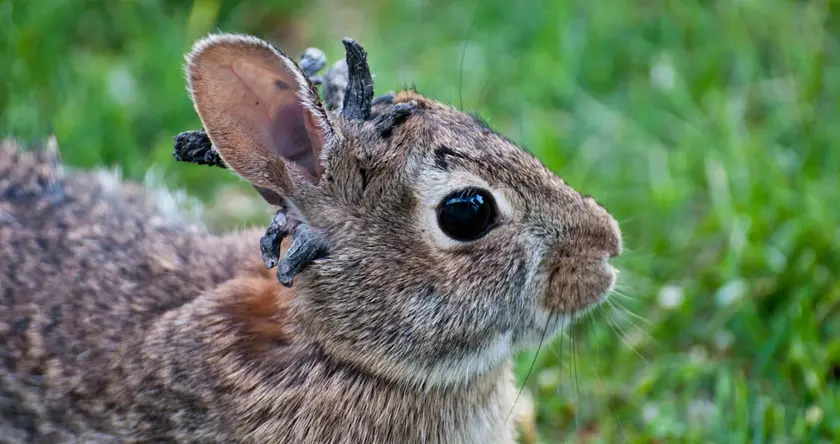T4K3.news
Virus turns CO rabbits into horned Frankenbunnies
Shope papillomavirus causes hornlike growths in wild rabbits in Fort Collins; officials urge people to avoid touching affected animals.
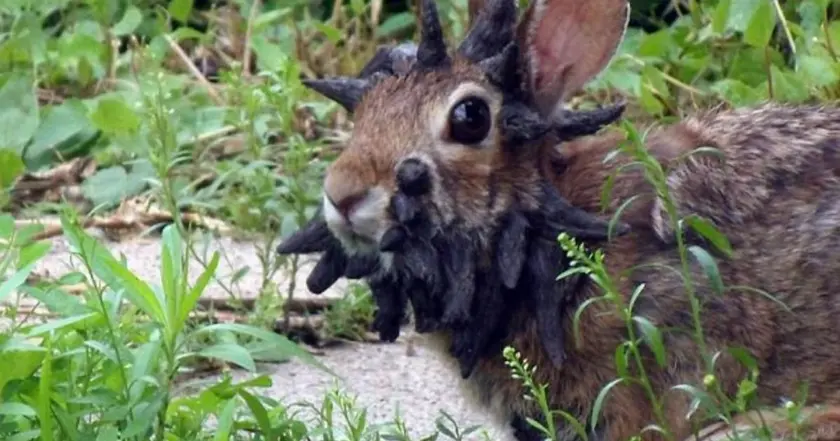
Wildlife officials report Shope papillomavirus turning wild rabbits in Fort Collins into horned mutants, urging caution and no contact.
Virus Warps CO Rabbits into Horned Frankenbunnies
In Fort Collins, Colorado, sightings of wild cottontail rabbits show dark horn like growths around their faces. The condition is linked to Shope papillomavirus, a virus that causes raised lesions that can become black keratinised tumors. The disease is spread by mosquitoes and ticks and is not transmissible to humans. Public health officials say the images are striking but do not reflect a threat to people.
Colorado Parks and Wildlife notes there is no cure for the virus in wild rabbits. Most infected animals survive, but the tumors can interfere with eating and drinking and may lead to death by starvation. Domestic rabbits can experience more severe disease and should be treated by a veterinarian. Officials ask people not to touch affected rabbits and to contact authorities if they see a sick animal.
Key Takeaways
"There is no known cure, and while most infected cottontails survive, the growths can limit a rabbit’s ability to eat, causing it to starve to death."
CPW statement on treatment and outcomes
"The virus is spread by mosquitoes and ticks."
Transmission mechanism noted by CPW
"Is this a growth or what’s going on?"
Local resident observation cited in reports
"Horned rabbits, colloquially called jackalopes, were described in journals between the 16th and 18th centuries."
Historical note tying myth to biology
This case sits at the junction of science and myth. A vivid image can travel online faster than facts, turning a real wildlife disease into a horror meme. The risk is not the virus itself for people but the misperception and fear it can fuel.
Clear messaging matters. Officials should explain how the virus moves, what it means for wildlife and pets, and what actions the public should take. The jackalope link is a reminder that legends live on when people miss the science behind a spectacle. The media should avoid sensational framing that distracts from practical steps and responsible observation.
Highlights
- Nature writes its own horror stories when a virus changes a rabbit
- If you see a horned rabbit, keep your distance and call officials
- There is no known cure for the disease
- The virus is spread by mosquitoes and ticks
Wildlife disease sparks public concern
The sightings could trigger misperceptions about risk to people and pets. Clear guidance is needed to prevent panic and ensure safe observation.
Ongoing monitoring will determine the next steps for wildlife health and public guidance.
Enjoyed this? Let your friends know!
Related News
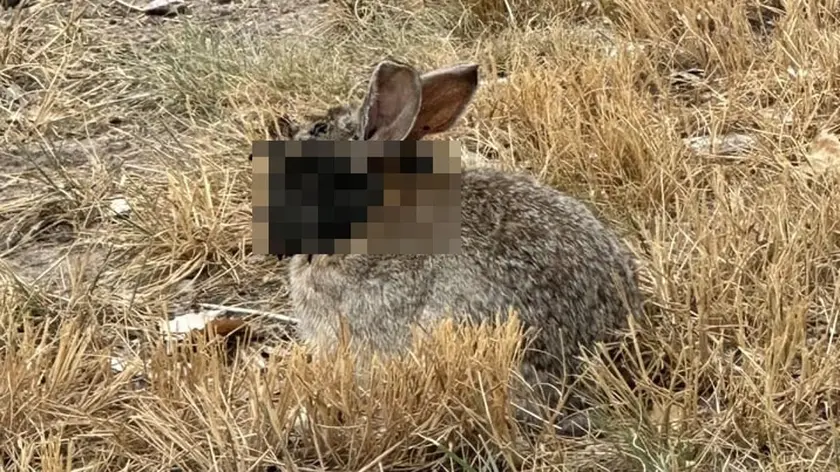
Frankenstein rabbits spotted in Colorado
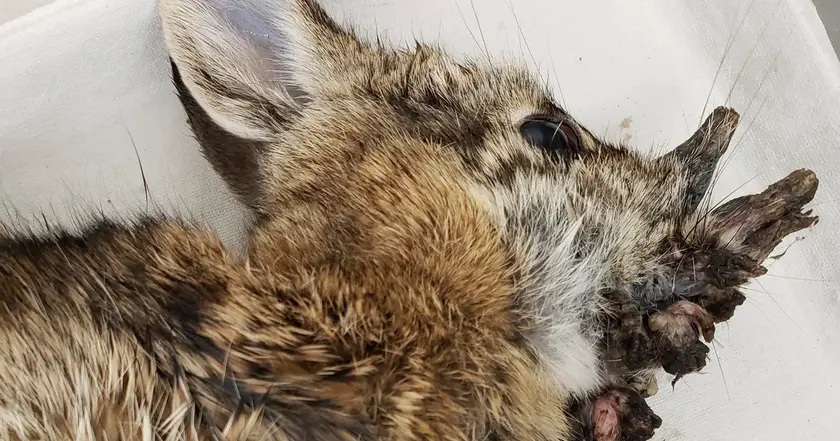
Colorado rabbits grow hornlike growths from a common virus
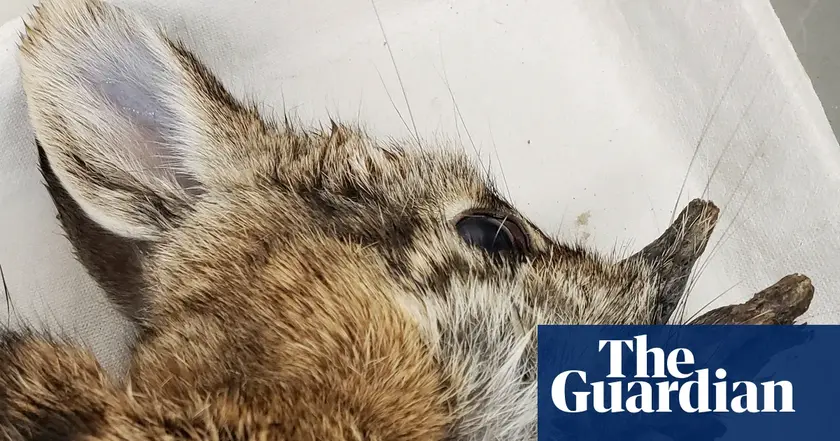
Demon rabbits not dangerous
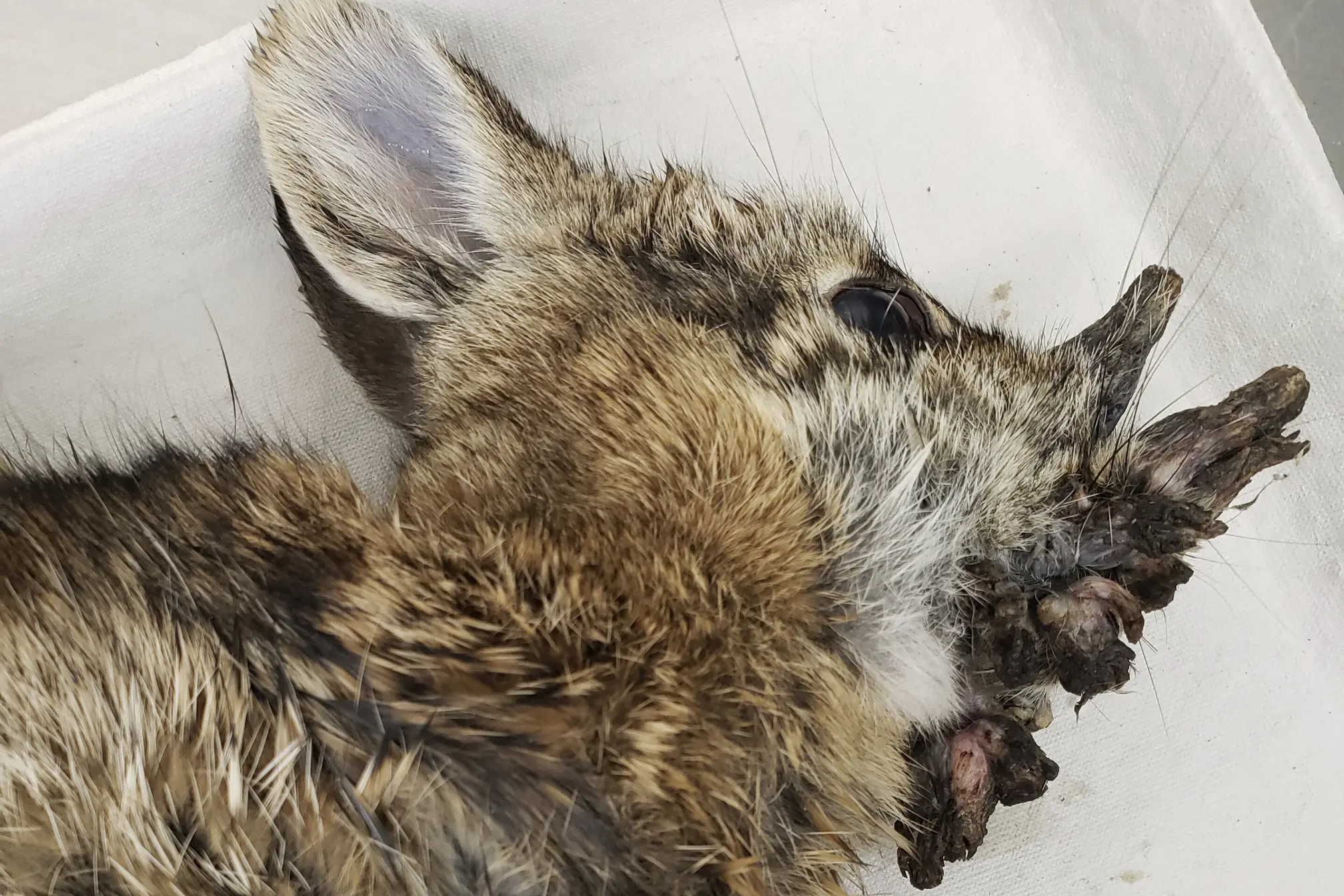
Colorado rabbits show hornlike growths linked to a common virus
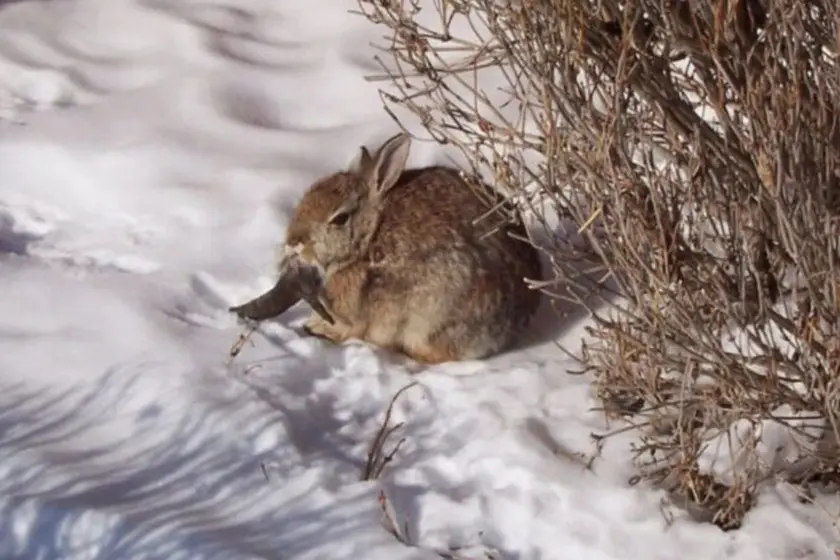
Rabbits in Colorado show virus linked growths

Frankenstein rabbits alert
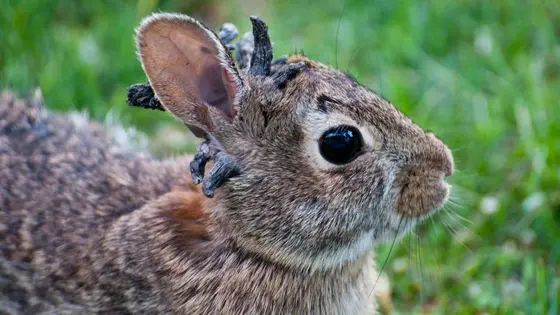
Rabbits with hornlike growths in Colorado
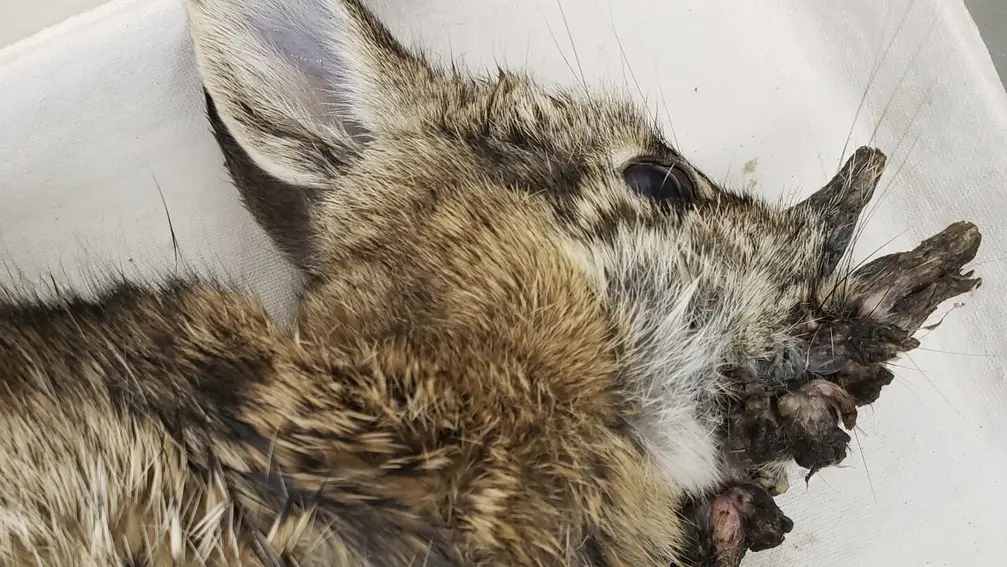
Horned rabbits in Colorado confirmed
